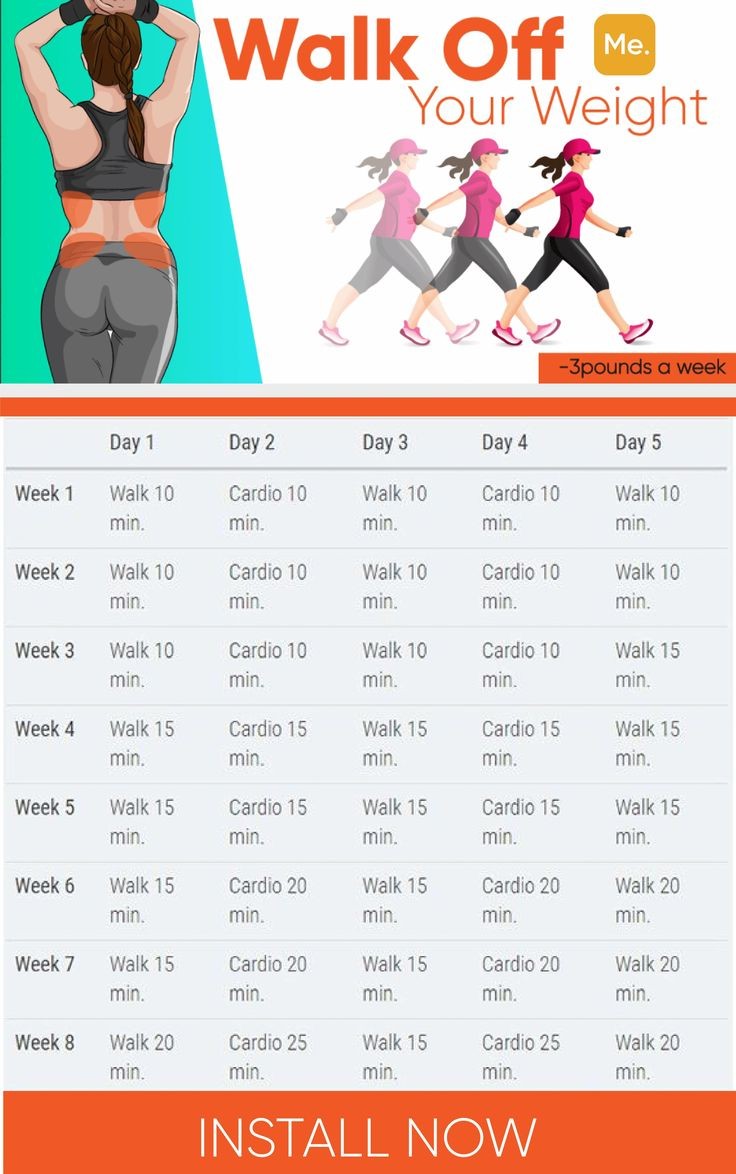
Contents
Diet Plans and Programs
A calorie is a calorie, the advice goes. Eat too many, gain weight. Eat fewer, lose weight. But many believe weight loss is more than a calorie equation, with new-and-improved ways to lose weight being popular. Americans spend billions of dollars annually on weight-loss foods, products, and services. With that much money at stake, there are an overwhelming number of "fad" diets and other weight-loss products on the market.
Having many diet options makes it difficult to know which ones to trust. For this reason, The Partnership for Healthy Weight Management has developed the "Voluntary Guidelines for Providers of Weight Loss Products or Services." The mission of these guidelines is to "promote sound guidance to the general public on strategies for achieving and maintaining a healthy weight."
According to the guidelines, effective weight management involves:
Behavior modifications
- Dietary intervention
- Healthful eating following the Dietary Guidelines for Americans
- A reduction in calories
- A lowered fat consumption
- An increase in fruit, vegetable, and whole grain consumption
Medical, pharmacological, and surgical intervention
- May be necessary for people with more serious cases of overweight and obesity
- Have to be used in conjunction with behavior, diet, and physical activity modifications
Look for a plan that includes strategies for maintaining weight loss. Regaining the weight that took an enormous amount of hard work and patience to lose is the worst thing that can happen.
Most popular diets are considered fad diets. There is no clear definition of what constitutes a fad diet. Merriam-Webster defines a fad as "a practice or interest followed for a time with exaggerated zeal." Fad diets often promise quick results with a short time commitment. Long-term success requires permanent changes in behavior, diet, and activity.
Ways to spot a fad diet:
- Claims fast weight loss
- Claims that sound too good to be true
- Foods defined as "good" and "bad"
- Less than 1,000 calories daily
- A required vitamin/mineral supplement or food product
- Elimination of a major food group (grains, fats, meats, dairy, fruit, vegetables)
- Lack of long-term randomized scientific studies proving the diet works and is safe
- Elimination of an essential nutrient (carbohydrates, fats, proteins)
- No activity or exercise needed
- Written by someone with no expertise in weight management
The following review examines the advantages and disadvantages of several popular diet plans. Many diets emphasize the restriction of one nutrient as the basis for their plan. The other food groups and nutrients are allowed in limited or unlimited quantities, depending on the plan. Weight loss is impossible without a calorie restriction, so each diet has to provide fewer calories than your body needs to maintain your weight. Any diet that claims otherwise can end up causing weight gain. Various diet plans are summarized below to help you learn to review them for safety and effectiveness.
The Keto Diet
The Keto Diet Theory
The ketogenic or keto diet is a low-carb, high-fat diet that involves drastically restricting carbs and replacing them with fats. Reducing carbs and depriving the body of glucose leads to ketosis, a metabolic state in which the body breaks down stored fat into ketones for energy instead of glucose. The keto diet has therefore gained attention for its ability to promote quick weight loss in some people.
A typical keto diet may be 70% fat, 20% protein, and 10% carbs. All variations of the diet involve reducing carbs, increasing fat, and including a moderate amount of protein. The diet requires eliminating all refined and unrefined carbs, even nutritious sources such as whole grains and some fruits.
Advantages
The ketogenic diet was originally developed as a form of therapy for epilepsy. Studies showed that the keto diet could be effective in treating seizure disorders that do not respond to two mainline anti-seizure medications. The diet may increase satiety and decrease hunger-stimulating hormones, leading to fat loss. In some cases, it may also lead to lower blood cholesterol levels, blood pressure, and blood sugar, although these benefits can be obtained by following other traditional weight loss programs.
Disadvantages
Since the keto diet severely restricts foods that contain important nutrients, nutritional deficiencies are a risk factor. Short-term health risks include flu-like symptoms, bad breath, constipation, irritability, and trouble sleeping. Long-term health risks include liver disease, heart damage, kidney stones, gout, and osteoporosis.
The Atkins Diet
(Robert C. Atkins, MD)
The Diet Plan Theory
The Atkins diet is a high-protein, high-fat, low-carbohydrate plan. This diet has been around for decades and has undergone many revisions. The plan allows for unrestricted amounts of meat, cheese, and eggs while severely restricting carbohydrates. The Atkins diet emphasizes the kinds of fat being consumed instead of allowing all dietary fats. Monounsaturated and polyunsaturated fats are now emphasized over saturated and trans fats. The diet has also changed to allow "good carbs" instead of severely restricting all carbohydrates.
The plan is based on the theory that eating carbohydrates leads to weight gain and hunger. The diet holds that dieters will experience a reduced appetite, and their bodies will use stored fat for energy versus burning glucose from carbohydrate digestion, leading to weight loss.
Advantages
The most recent version of the Atkins diet is nutritionally balanced. The high amount of protein will be beneficial in keeping you full. Research shows that protein has a positive impact on increasing satiety. These foods provide fiber, vitamins, and minerals that were once lacking in this diet.
Disadvantages
There have not been any studies on the safety or efficacy of the Atkins diet until recently. Short-term studies have shown improvements in blood cholesterol and blood sugar and increased weight loss over the first three to six months. However, the weight loss is not sustained at one year, and the improvements were due to weight loss and not the actual diet. The long-term safety of low-carbohydrate, high-protein diets is unknown at this time. The induction phase of the diet is severely restricted in carbohydrates, potentially unhealthy, and difficult to follow in the long term. Most people who follow this diet are not under medical supervision, which can be dangerous.
The Atkins website states that the induction phase should only be continued if blood chemistries, lipid values, blood pressure, blood sugar levels continue to improve or remain stable and within normal limits. It also recommends not staying on the induction phase if you feel unwell, bored, or experience unstable moods.
Approach any diet that emphasizes fast, easy weight loss with caution. A safe, healthy rate of weight loss is 1 to 2 pounds per week after the first couple of weeks. Claims that you will lose only fat are not based on science, even though the Atkins diet claims to be scientifically based.


